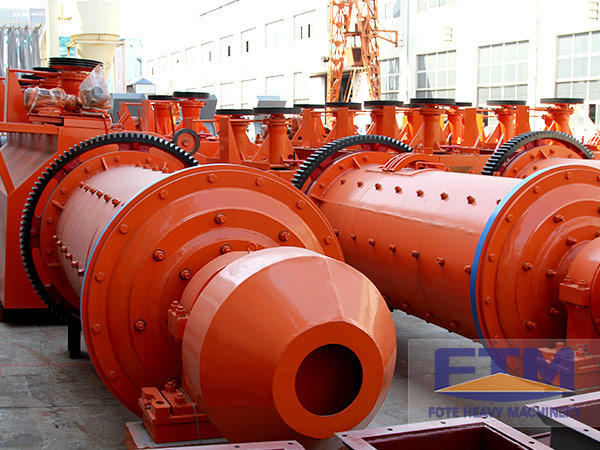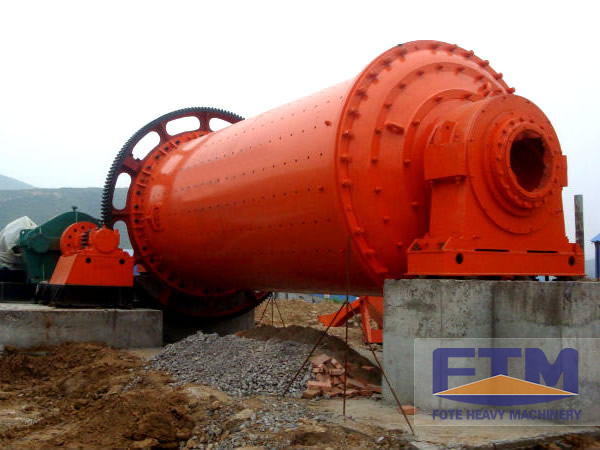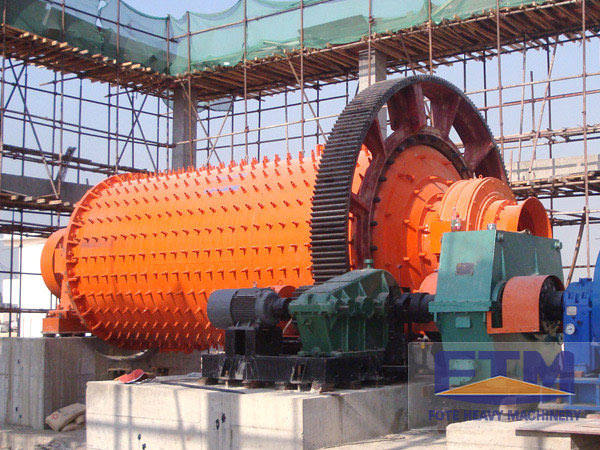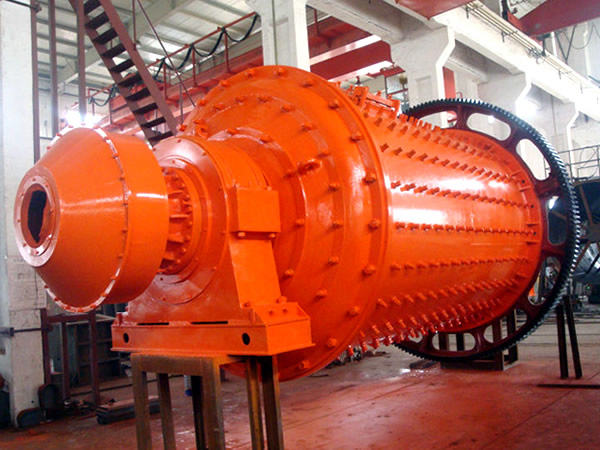NEWS
How to Choose Rod Mill and Ball Mill
By: Fote MachineryJuly 07th,2021
Rod mills and ball mills are two types of equipment commonly used in grinding equipment. To obtain higher grinding efficiency and effectively improve the beneficiation effect, it is necessary to choose a suitable grinding machine. This article summarizes the following practical tips, hoping to help you choose the appropriate grinding equipment for your project.

1. The nature of the selected ore
The hardness and particle size of the ore will affect the choice of grinding equipment to a large extent.
The ore with fine structure, small crystal and high hardness is difficult to grind. Therefore, a longer grinding time, a harder grinding medium and a greater grinding capacity are required in the grinding process. Insufficient or too fine grinding particle size will make it difficult to recover useful substances and cause difficulties for subsequent sorting operations. We analyze from the following two points:
1.1. Hardness characteristics:
The rod mill is suitable for ores with a Mohs hardness of 5.5-12. Generally suitable for grinding brittle materials. For example, rod mills are commonly used for gravity separation or magnetic separation of rare metals such as tungsten ore and tin ore.
The ball mill has strong adaptability to materials and is suitable for grinding harder materials, such as aluminum ash, lime, slag, and molybdenum ore.

1.2. Granularity characteristics:
The internal medium of the rod mill adopts high-carbon steel rods. In the grinding operation, the steel rod is thrown up under the action of centrifugal force, it is in line contact with the ore material after falling horizontally. Most of the coarse particles are ground first, and a small part of the fine particles is subjected to grinding action, so the rod mill product is rough, uniform in texture, good in particle shape, not easy to produce over crushing phenomenon, and the qualified rate of finished products is relatively high.
The ball mill uses steel balls as the grinding medium. Because the steel ball and the mineral material are in point contact, the fineness of the crushed product is relatively high, and the particle size of the product is finer, which is prone to over crushing, which is not suitable for the gravity separation production line in metal beneficiation.
Selection suggestion:
Fine grinding stage: When the particle size of the product is required to be less than 0.5 mm, it is recommended to use a ball mill (the feed size of the ball mill is generally 5-25 mm)
Coarse grinding stage: when the particle size of the product is required to be 1-3 mm, it is recommended to use a rod mill (the feed particle size of the rod mill is generally 15-23 mm)

2. The characteristics of the mill equipment
2.1. The shape of the mill
In the design of the beneficaition, it is usually necessary to design the layout of the grinding workshop in advance, so it is necessary to consider the shape of the equipment.
The barrel shape of the rod mill and the ball mill is different: the ratio of the barrel length to the diameter of the rod mill is generally 1.5-2.0; the ratio of the barrel length to the diameter of the ball mill is small, and in most cases the ratio is only slightly greater than 1. Therefore, you should consider whether it can meet the equipment installation conditions when selecting.

2.2. Stability of equipment operation
The ball mill runs smoothly, and there is no inertial impact in the grinding operation, which ensures the normal and efficient operation of the equipment, reduces the downtime of the equipment, and improves the production efficiency.
2.3. Use stage
Generally speaking, the rod mill is suitable for fine crushing and coarse grinding of ore in the first stage of open-circuit grinding.
The above are the factors that should be considered when choosing a rod mill or a ball mill. Different ore conditions are different, and the applicable mills are inevitably different. It must be determined according to the specific situation to formulate plans and compare them. If you have any questions, please consult us.


